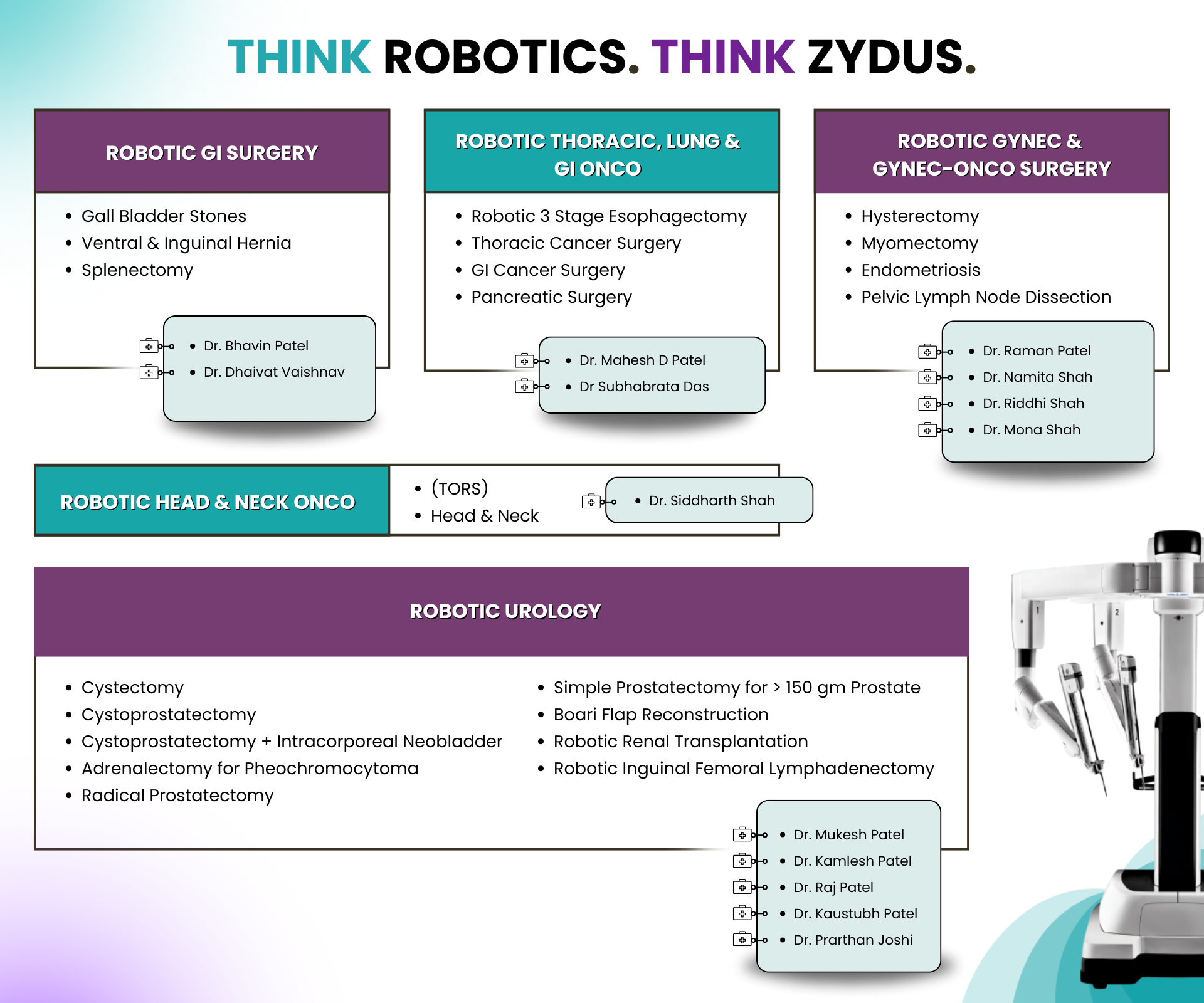
Frequently Asked Questions
- Medical Specialities
- Cardiac Sciences
- Cardiovascular Medicine
- Frequently Asked Questions
FAQ
-
The arteries are normally smooth and unobstructed from the inside, however, with age, plaque (cholesterol, calcium, and fibrous tissue) can build up in the walls of the arteries, narrowing and stiffening the arteries—a condition called atherosclerosis. It is one of the most common types of heart disease and a leading cause of death in both men and women.
-
Lifestyle changes that may lower the risk are as follows:
-
Avoid smoking
-
Manage diabetes and blood pressure
-
Stay physically active
-
Consume a diet low in saturated fat and cholesterol.
-
When blood flow and oxygen supply to the heart are reduced or cut off, one can develop:
-
- Angina (chest pain) or discomfort: This occurs when the heart is not getting enough blood. If the angina symptoms return or one experiences symptoms such as pain, fullness, tightness, or burning in the chest, arms, or neck, one needs to consult for medical help immediately. It may also mean that the blockage has reoccurred.
- Heart attack: Occurs when a blood clot suddenly cuts off most or all blood supply to part of the heart. The common symptoms of a heart attack are chest pain, discomfort in the shoulder and arm, heartburn or indigestion, cold sweats, fatigue, dizziness, nausea, etc. The cells of the heart muscle that do not receive enough oxygen-carrying blood begin to die, causing permanent damage to the cardiac muscle.
- Heart failure: Reduced pumping efficiency of the heart, potentially caused by CAD or arrhythmias. Heart failure can also be a result of Arrhythmias; which are changes in the normal rhythm /irregular heartbeats. A Cardiac Angiography (CAG) is the best way to detect the extent of blockage and determine the further line of treatment.
-
Coronary Angiography is the Gold Standard test to diagnose CAD. It is very safe, effective, less time-consuming, and highly reliable. It involves using a special dye (contrast) and X-rays to visualize blood flow through the arteries Often done along cardiac catheterization, this procedure measures the pressure in the chambers of the heart.
-
Before the test starts, a mild sedative is given, and the area is disinfected and numbed with a local anesthetic. The interventional cardiologist passes a thin hollow tube (catheter), through an artery which is carefully moved up into the heart, and continuous X-ray images are taken to see how the dye flows through the arteries and help the doctor pick up the blockages (if any).
-
The same procedure is also used to determine blockages in other vessels like the renal artery (Kidney).
-
Coronary CT Angio (CTCA) combines computed tomography (CT) scanning and contrasting agents to capture detailed images (angiograms) of the coronary arteries of the beating heart. Liquid contrast agents, sometimes called contrast medium, are injected into a vein (usually in the arm). Contrast agents increase the density of the blood in the vessels and make the entire structure of blood vessels visible on the CT angiogram images.
-
Medication to slow heart rate may be administered for optimal clarity.
-
Coarctation of the Aorta is a congenital (birth) defect of the major cardiac artery (aorta), which carries the blood from the heart to every other part of the body to supply oxygen and other nutrients. This congenital narrowing of the aorta can be treated using catheter-based stenting or balloon angioplasty to widen the affected area.
-
Carotid artery disease occurs when the major arteries in the neck become narrowed or blocked. These carotid arteries extend from the aorta and supply blood to the brain.
-
Transesophageal echocardiography (TEE) uses high-frequency sound waves (ultrasound) to create detailed images of the heart and the arteries.
-
Unlike a standard echocardiogram, the echo transducer that produces the sound waves for TEE is attached to a thin tube that passes through the mouth, down the throat, and into the esophagus, enabling high-resolution imaging of the heart’s upper chambers and valves.

Search Doctor / Diseases
The Transplant Center of Gujarat
-
LIVER TRANSPLANT
-
200+ successful transplants done
-
A full-time dedicated team of 20+ members of Liver Transplant Surgeons, Hepatologists, Intensivists and Anaesthetists
-
Exclusive Class 100 Modular Liver OT and Liver ICU with strong infection control standards
-
KIDNEY TRANSPLANT
-
300+ successful transplants completed by the experienced and dedicated team of Senior Consultants in Nephrology and Urology
-
State-of-the-art 50 bed advanced Dialysis Centre with facilities for CRRT, SLED, HDF and CytoSorb
-
HEART TRANSPLANT
-
Highly experienced team of Heart Transplant Surgeons and Cardiologists
-
State-of-the-art infrastructure with exclusive Cardiac Critical Care Unit, ECMO Facility, Advanced Cath Lab and Left Ventricular Assist Device (artificial heart) Facility
-
BONE MARROW TRANSPLANT
-
200+ Haematopoietic Stem Cell Transplants at hi-tech BMT Unit
-
Highly experienced Haematologist, Intensivists and BMT-trained Staff, supported by Radiation Oncology Department with TBI treatment


